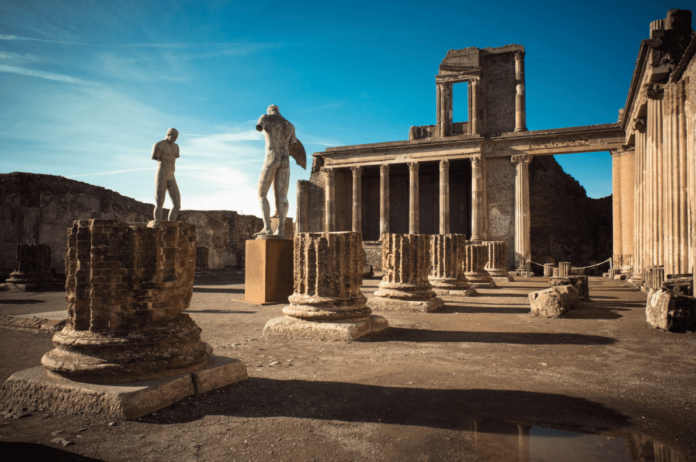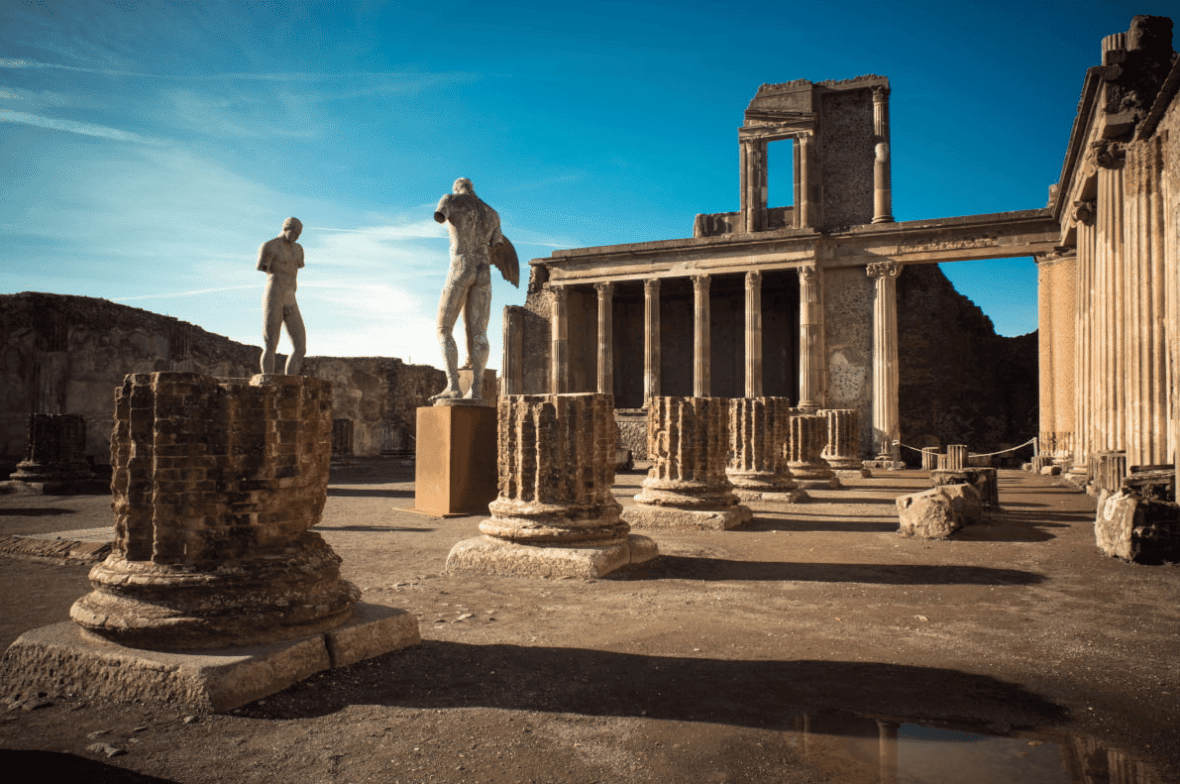
Visitor numbers to the ancient Roman city of Pompeii have been limited to 20,000 people per day in order to protect the site from the ravages of overtourism.
October saw more than 480,000 people visit the ancient site; only marginally down on the 517,000 who visited in May, which has been the busiest month this year.

The move – which will also see visitors need personalised entry tickets – follows a recent record high of 36,000 visitors in one day in early October. Last year, Pompeii welcomed 4 million visitors, which was a third more than visited in 2022.
The iconic site – nowadays a UNESCO World Heritage Site located close to modern day Naples – is hugely popular with tourists as it offers a frozen-in-time glimpse of life in ancient Roman times, as much of it was preserved by volcanic ash and pumice after Mount Vesuvius erupted in 79 AD.
About one third of the site remains unexcavated and remains a huge pull to archaeologists.

Pompeii Archaeological Park Director, Gabriel Zuchtriegel, said: “We are working on a series of projects to lift the human pressure on the site, which could pose risks both for visitors and the heritage that is so unique and fragile.”
“The measures to manage flows and safety and the personalisation of the visits are part of this strategy.
“We are aiming for slow, sustainable, pleasant and non-mass tourism and above all widespread throughout the territory around the Unesco site, which is full of cultural jewels to discover.”
The park has a Greater Pompeii project in operation, which aims to spread out the volume of tourists to other ancient sites which are linked to Pompeii, including: Boscoreale, Torre Annunziata, and Stabia.




